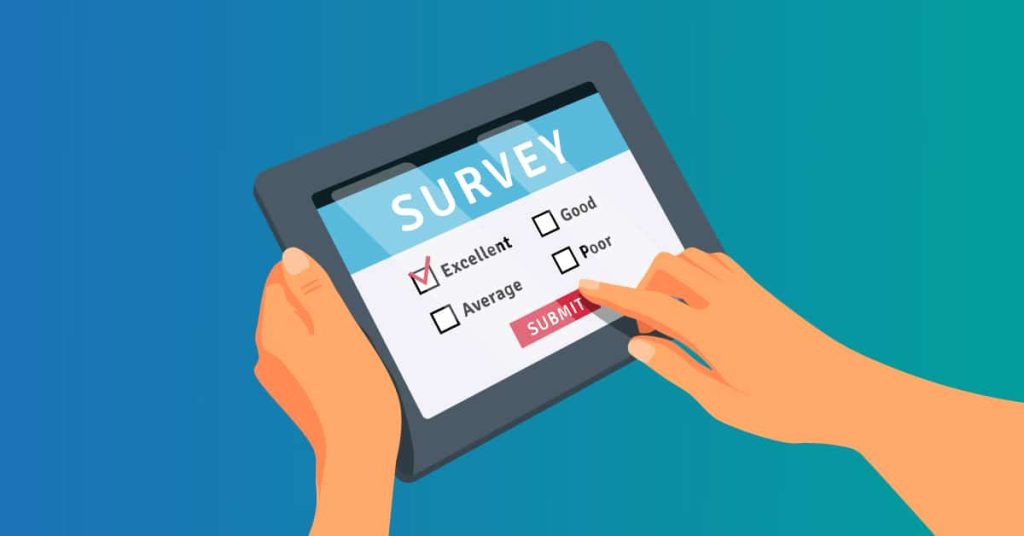Anti-Bullying Online School Surveys

- Elementary school bullying survey
- Middle School bullying survey
- High School bullying survey
- Parenting bullying survey
- Teachers bullying survey
- Cyberbullying survey
- Character student survey
To purchase one or more surveys click on the link below Click here Sample of Report Bullying Surveys & Results Click here
Q&A Here are some answers to some questions that are often asked.- Yes you can use your surveys anytime (no expiry)
- No limit to the number of people doing survey
- You can not change questions
- You receive all results
- You can download results
- Results are confidential
The Importance of Conducting Surveys Before and After Anti-Bullying Assemblies
Anti-bullying assemblies are a common strategy used by schools to address and reduce bullying. However, to truly understand their effectiveness, it is essential to conduct surveys before and after these assemblies. Here’s why these surveys are crucial:
Measuring Awareness and Understanding
Pre-Assembly Surveys:
- Baseline Data: Collecting data on students’ current awareness and understanding of bullying helps establish a baseline. This includes their knowledge of what constitutes bullying, its effects, and how to respond to it.
- Identifying Knowledge Gaps: Understanding what students already know and what misconceptions they might have allows educators to tailor the assembly content to address these gaps effectively.
Post-Assembly Surveys:
- Assessing Knowledge Gain: Comparing pre- and post-assembly survey results helps measure how much students have learned. This can include increased awareness of bullying behaviors, understanding the importance of reporting bullying, and knowing how to support peers.
- Evaluating Message Retention: Surveys can help determine how well students retained the information presented during the assembly and whether they can apply it in real-life situations.
Gauging Attitudinal and Behavioral Changes
Pre-Assembly Surveys:
- Current Attitudes: Assessing students’ attitudes towards bullying, including their empathy levels and willingness to intervene, provides insight into the prevailing school culture.
- Behavioral Patterns: Understanding the frequency and types of bullying incidents can help identify specific areas that need attention.
Post-Assembly Surveys:
- Attitude Shifts: Evaluating changes in students’ attitudes towards bullying can indicate the assembly’s impact on fostering a more empathetic and supportive school environment.
- Behavioral Changes: Surveys can reveal whether there has been a reduction in bullying incidents and an increase in positive behaviors, such as bystander intervention and reporting bullying.
Enhancing Program Effectiveness
- Tailoring Content: Insights from pre-assembly surveys can help customize the assembly content to address the specific needs and concerns of the student body.
- Engaging Stakeholders: Involving students, teachers, and parents in the survey process can foster a sense of ownership and commitment to the anti-bullying initiatives.
Post-Assembly Surveys:
- Feedback for Improvement: Gathering feedback on the assembly’s effectiveness and areas for improvement can help refine future programs. This includes understanding what resonated with students and what could be enhanced.
- Sustaining Efforts: Continuous monitoring through surveys ensures that anti-bullying efforts are sustained and adapted to evolving needs. It also helps maintain momentum and accountability.
Building a Data-Driven Approach
Pre-Assembly Surveys:
- Data Collection: Establishing a robust data collection process ensures that the information gathered is reliable and can be used to track progress over time.
- Setting Goals: Using survey data to set clear, measurable goals for the assembly and broader anti-bullying initiatives.
Post-Assembly Surveys:
- Measuring Impact: Quantifying the impact of the assembly through survey results provides concrete evidence of its effectiveness. This data can be used to justify the continuation or expansion of anti-bullying programs.
- Reporting Outcomes: Sharing survey results with the school community, including students, parents, and staff, promotes transparency and reinforces the commitment to creating a safe and supportive environment.
Conclusion
Conducting surveys before and after anti-bullying assemblies is essential for understanding their impact and effectiveness. By measuring awareness, attitudes, and behaviors, schools can tailor their programs to meet the specific needs of their students, continuously improve their efforts, and build a data-driven approach to combating bullying. Ultimately, these surveys help ensure that anti-bullying initiatives are not only impactful but also sustainable, fostering a safer and more inclusive school environment for all students.

